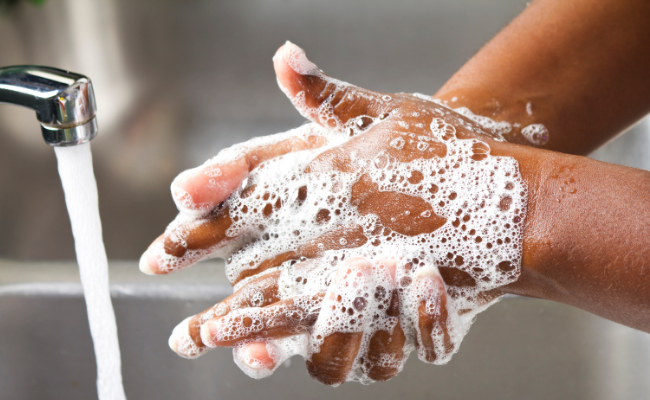
Biggest Food Safety myths that can be dangerous
Date: Wednesday, 11 December 2024. -
Blog, Food
Food safety is a critical aspect of running any food business, but misinformation can lead to unsafe practices. Making an error when storing and preparing food can lead to serious damage to your business’ reputation and leave it open to legal action.
As providers of expert Food Hygiene and Safety training, we’re here to bust some of the biggest food safety myths and ensure you’re equipped with the right knowledge to keep your operations safe and compliant.
You can tell a food is safe by smell or appearance alone
Often the first ‘test’ of something still being safe to eat is by smelling or visually checking the food for signs of spoilage. This can be deceiving as harmful bacteria like Salmonella and E.coli can't be smelt, seen or tasted.
Always follow proper storage and cooking guidelines rather than relying on your senses.
The ‘Danger Zone’ only applies to hot food
The ‘danger zone’ refers to the temperature of food in which bacteria can rapidly multiply, it is widely considered to be between 5°C and 63°C.
Cold foods must be kept below 5°C, and hot foods above 63°C to prevent bacteria from multiplying to dangerous levels.
Freezing food kills all bacteria
Freezing food can extend its life and prevent spoilage, but it does this by pausing bacterial growth. The cold does not kill bacteria, it causes it to become dormant and once thawed it will continue to grow.
Proper cooking to the right temperature is essential to kill bacteria and ensure food safety.
Gloves eliminate the need for handwashing
While gloves can be useful in certain situations while preparing food, they can also provide a false sense of security. If not changed regularly, they can become contaminated just like bare hands.
Handwashing remains the most effective way to prevent cross-contamination.

Rinsing raw meat makes it safer
Rinsing raw chicken or other meat may seem like a good idea, but it can actually spread harmful bacteria to sinks, countertops and other kitchen areas.The best way to kill bacteria is by thoroughly cooking the meat to the recommended temperature.
How our training can help
Imperative Training has provided businesses across the UK the highest standard of Food Safety training for over two decades, ranging from family-run SMEs all the way to multinational corporations.
Our TQUK accredited Level 2 Food Safety in the Workplace course is suited for any kitchen environment where food is prepared. The course runs for one day and gives a qualification lasting three years, causing minimal disruption to the workplace.
Contact us at This email address is being protected from spambots. You need JavaScript enabled to view it. to learn more.
